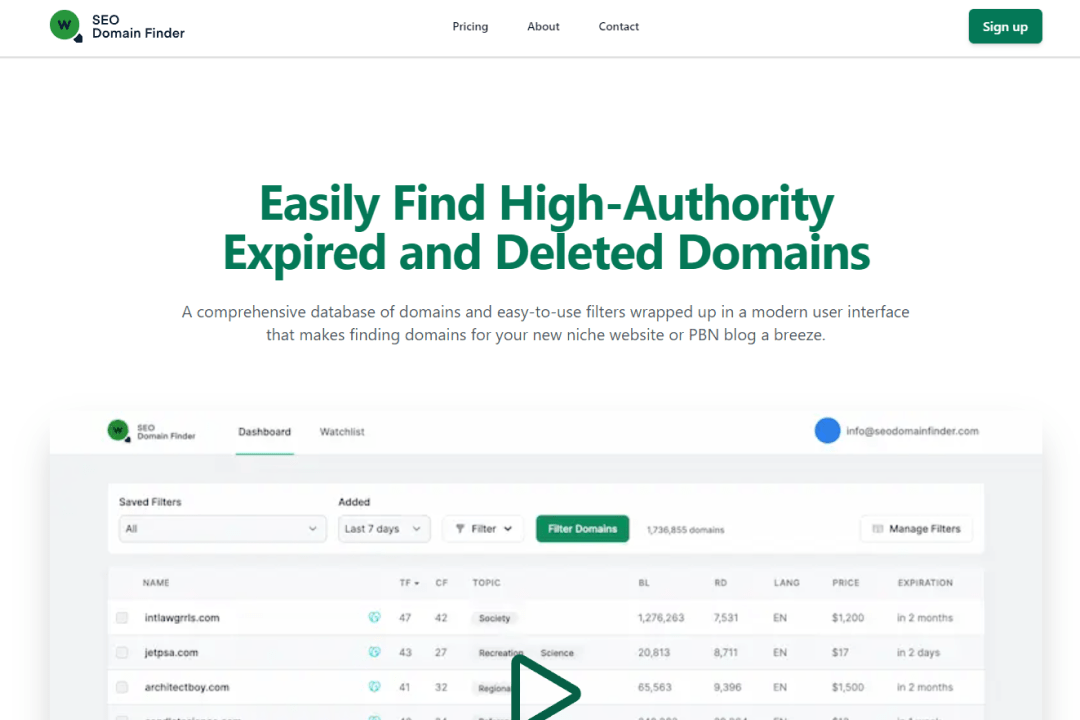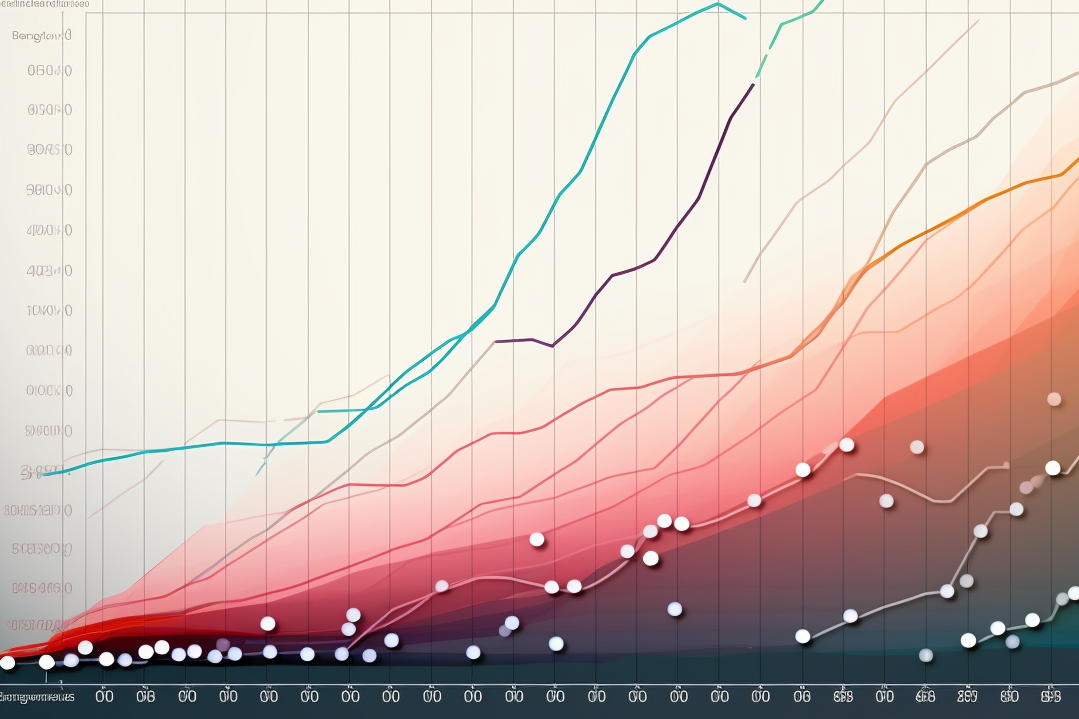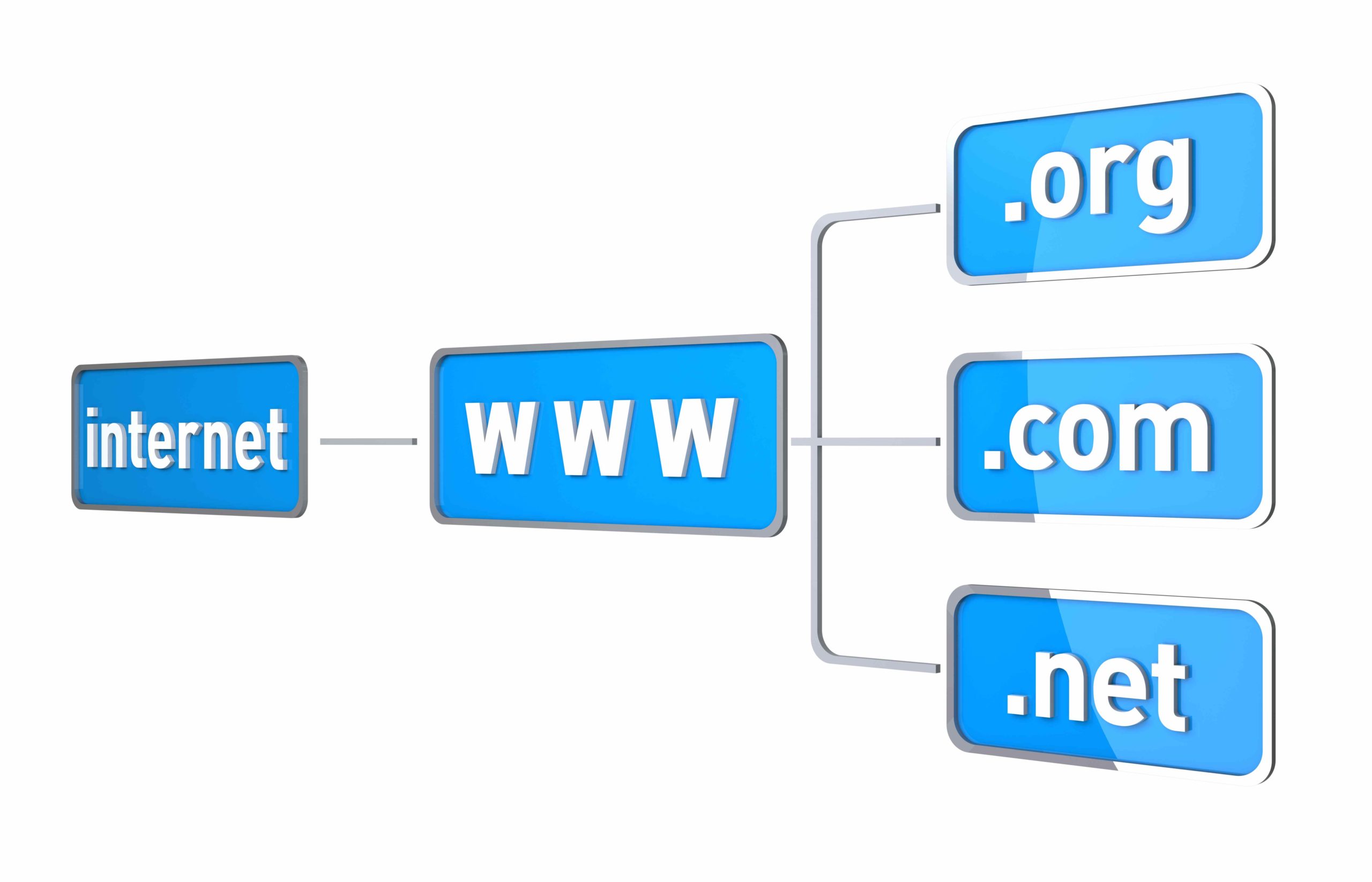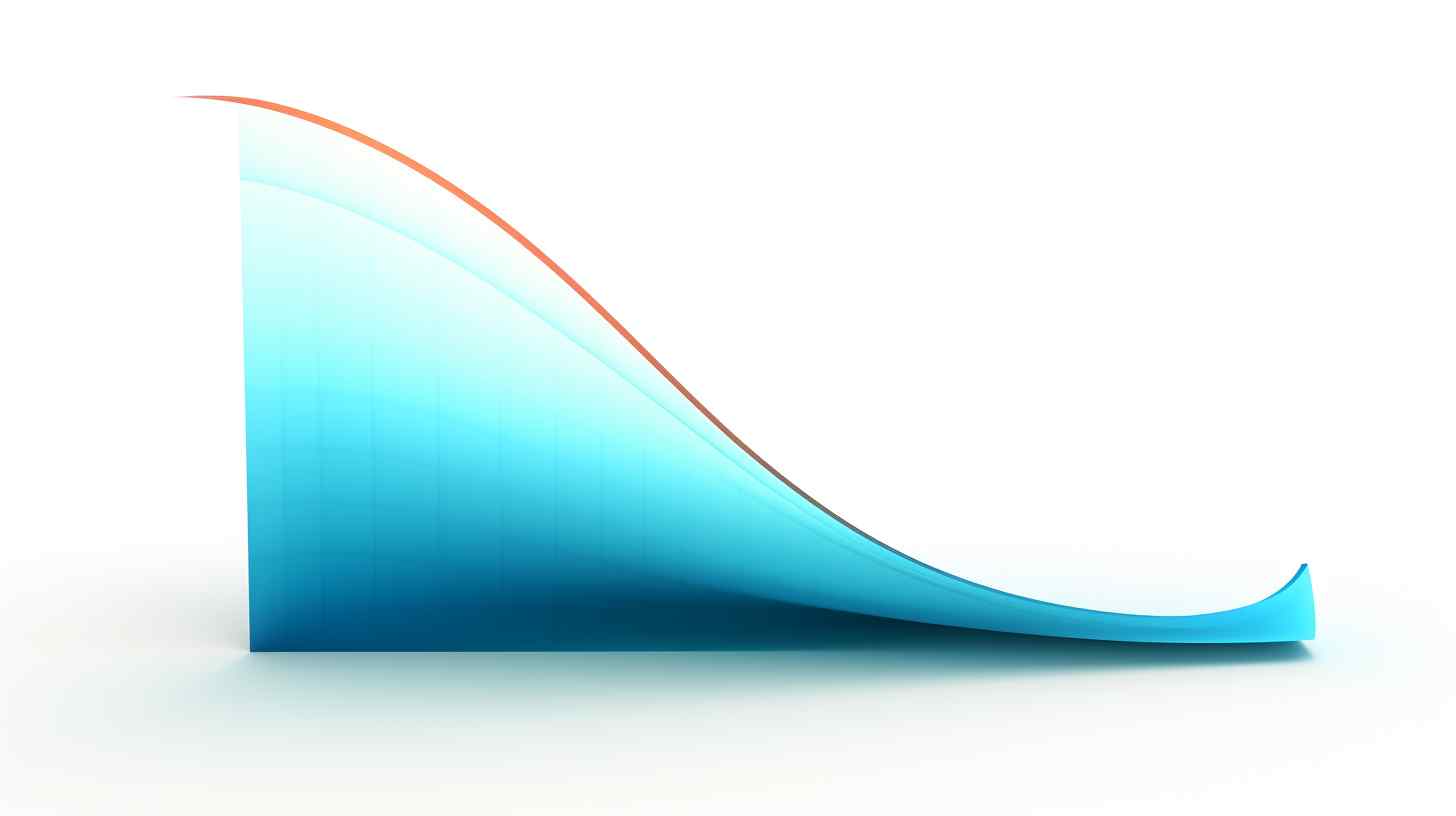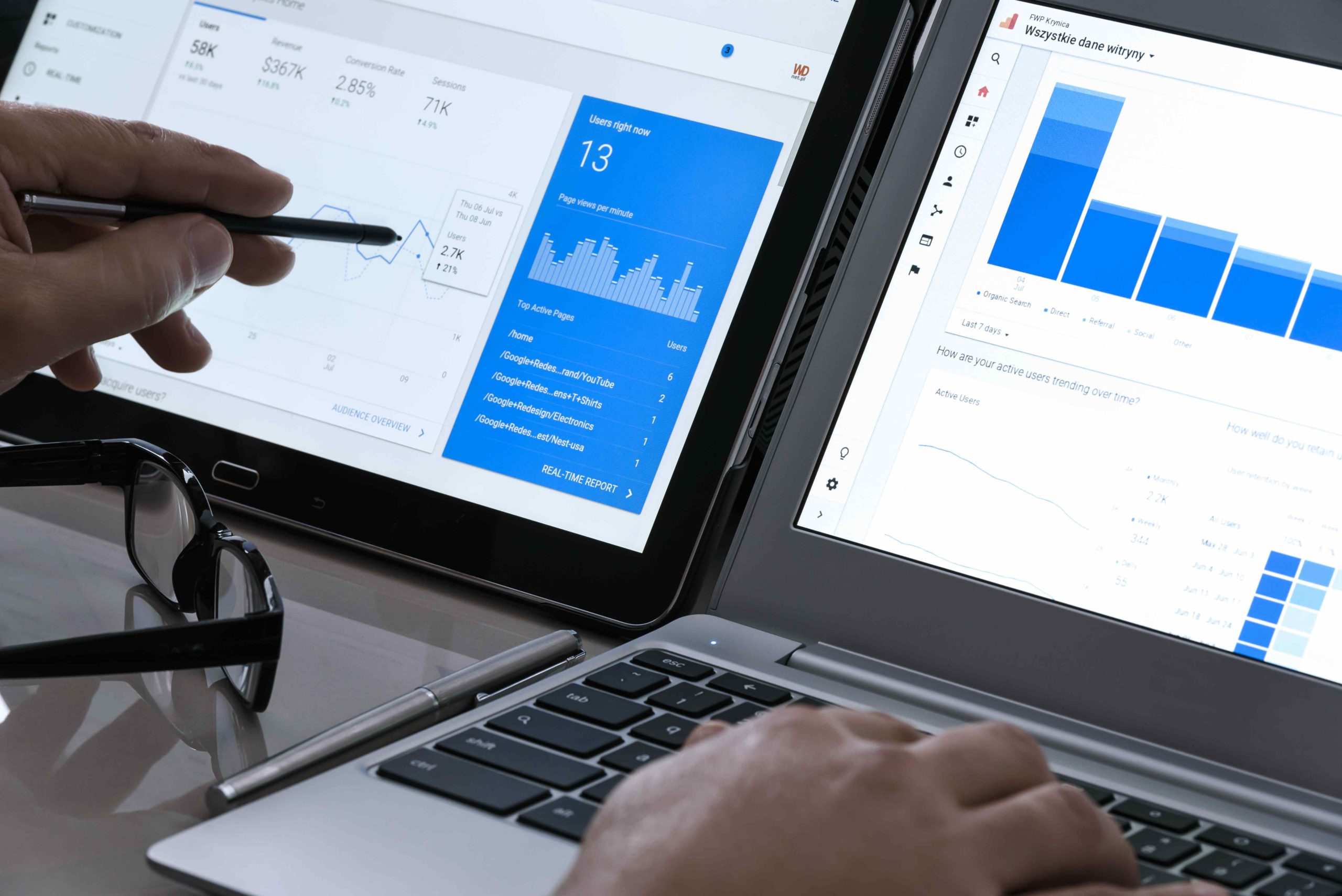
In the world of SEO, understanding Domain Rating (DR) is essential.
In this article, we cover the basics of domain rating, and we’ll share how to use it based on our personal experience.
Key Takeaways
- Domain Rating (DR) is an Ahrefs metric that measures the relative strength of a website’s backlink profile.
- Domain Rating is not a Google ranking factor and has no direct effect on a page’s ranking on Google.
- The Domain Rating is calculated considering the number of referring domains, linking root domains, domain age, and the total number of links.
- You can check out DR using Ahrefs.
- The DR can be manipulated by buying a large number of backlinks from low-quality or spammy websites and redirects.
What is Domain Rating and How To Check It Out
Domain Rating (DR) is an Ahrefs metric that measures the relative strength of a website’s backlink profile. This metric uses a logarithmic scale ranging from 0 to 100, with 100 indicating the highest strength.
DR plays a vital role in evaluating a website’s performance relative to its competitors. It considers several factors, including backlinks, organic search traffic, referring domains, etc.
DR is not a Google ranking factor and has no direct effect on a page’s ranking on Google. However, high DR websites tend to rank highly on search engine result pages (SERPs).
In our SEO work, we use Ahrefs to check domain ratings.
It’s a very simple method:
- Go to the Ahrefs website (https://ahrefs.com).
- Enter your website’s URL in the search bar.
- Click on the “Explore” button or press Enter.
Ahrefs will then display the DR score for the entered website, along with other relevant SEO metrics and backlink data. A higher DR indicates a better ability to rank well for certain terms and phrases.
How is Domain Rating Calculated
The Domain Rating is calculated using a formula that is not publicly disclosed. However, the key factors considered include the number of referring domains, linking root domains, domain age, and the total number of links. All of these are combined to give a single DR score.
Here’s a simpler breakdown of how DR is calculated:
- Ahrefs uses a web crawler, known as AhrefsBot, to explore the internet and gather information about backlinks from various places.
- The crawler finds new web pages and adds them to Ahrefs’ database, which holds over 10 trillion known links and 240 million different domains.
- A special algorithm then looks at all this data to judge the quality and quantity of backlinks to a specific website.
- Each website gets a relative strength value, which is used to determine its DR score. This score falls on a scale from 1 to 100.
It’s important to remember that DR helps you understand how strong a website’s backlinks are, but it’s a relative measure. Keep in mind that different tools might show slightly different DR scores because they use their own formulas and data sources.
Is Domain Raiting a Ranking Factor?
As we already mentioned, domain rating is not a direct ranking factor used by search engines like Google. However, it is often correlated with higher rankings because it reflects the strength of a website’s backlink profile and authority.
To learn the differences between DR and DA, read this article.
Also, a high DR will enable you to sell links at higher prices, and at the same time, you can collect organic links more easily.
How Can Domain Raiting be Manipulated
While it is a valuable tool for SEO analysis, domain rating can be manipulated in various ways.
One way to manipulate a website’s DR is by buying a large number of backlinks from low-quality or spammy websites and redirects. This can artificially boost DR, but is against the guidelines of search engines.
That’s why we always rely on manual verification, and we highly advise you to do the same.
Conclusion
Domain Rating is a crucial metric that can provide insights into the authority and credibility of your website. While it is not a direct ranking factor, a high DR can positively impact your search engine rankings. However, it’s essential to remember that DR is best improved through ethical practices, and attempting to manipulate it through black hat tactics can lead to severe penalties from search engines. Focus on creating valuable content and acquiring high-quality backlinks through legitimate means to improve your website’s Domain Rating over time.
































































